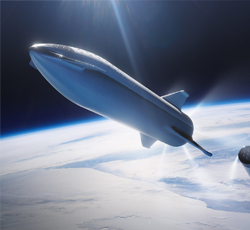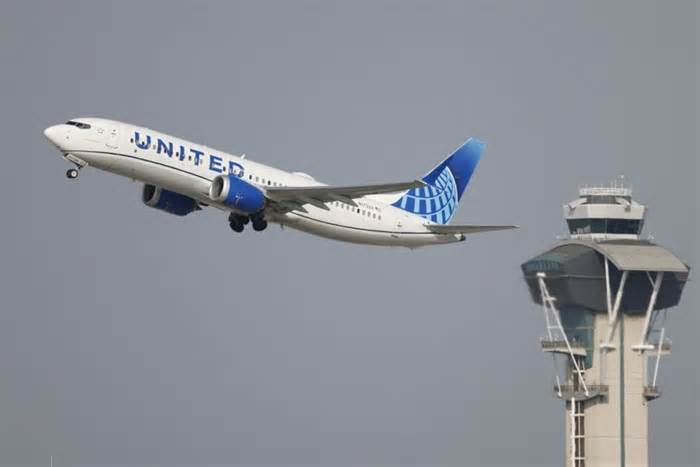
SpaceX’s Falcon Heavy rocket returns to flight after three years
- by 7News Miami
- Nov 01, 2022
- 0 Comments
- 0 Likes Flag 0 Of 5

Share
(CNN) — SpaceX’s Falcon Heavy — a towering, three-pronged vehicle that is the most powerful operational rocket in the world — returned to the skies on Tuesday for the first time since mid-2019.
The rocket launched at 9:41 a.m. ET from NASA’s Kennedy Space Center in Florida, hauling satellites to space for the US military in a secretive mission dubbed USSF-44.
The Falcon Heavy debuted in 2018 to much fanfare as SpaceX CEO Elon Musk elected to launch his personal Tesla Roadster as a test payload on the launch. The car is still in space, taking an oblong path around the sun that swings out as far as Mars’ orbital path.
Since that first test mission, SpaceX has launched only two other Falcon Heavy missions, both in 2019. One sent a hulking TV and phone service satellite to orbit for Saudi Arabia-based Arabsat, and the other delivered a batch of experimental satellites for the US Department of Defense.
But the rocket had not launched since 2019, as the vast majority of SpaceX’s missions don’t require the Falcon Heavy’s amped up power. SpaceX’s workhorse Falcon 9 rocket, on the other hand, has launched nearly 50 missions so far this year alone.
With each Falcon Heavy launch, the rocket puts on a dramatic showing back on Earth.
SpaceX has attempted to land all three of the rocket’s boosters — the tall white sticks that are strapped together to give the rocket its heightened power at liftoff — back on landing pads on land and at sea so that they can be refurbished and reused on future missions. It does this to cut down on mission costs.
SpaceX has yet to land and recover all three rocket boosters after the same mission, although it’s come dramatically close. The two side boosters made a pinpoint, synchronized landing on ground pads after an April 2019 mission, and the rocket’s center booster touched down on a sea-faring platform. But then, rough waves at sea toppled it over.
SpaceX will not attempt to recover the center booster after Tuesday’s launch because it will not have enough leftover fuel to guide its journey home, according to a news release from the US military’s Space Systems Command. The company will, however, once again attempt to land the two side boosters back on their ground pads on Florida’s coastline.
In a tweet, the military warned people in the vicinity of the launch site that the boosters will set off two sonic booms as they head back for landing.
All about this rocket
Though the Falcon Heavy is the most powerful operational rocket in the world, there are two massive rockets waiting in the wings to claim that title.
NASA’s Space Launch System, or SLS, rocket, which is currently slated to attempt its inaugural launch later in November to send the uncrewed Artemis 1 mission around the moon, is sitting in the Kennedy Space Center’s towering Vehicle Assembly Building, which lies just a few miles from the launch pad where the Falcon Heavy will take flight.
While the Falcon Heavy gives off about five million pounds of thrust, SLS is expected to put off as much as 8.8 million pounds of thrust — 15% more thrust than the Saturn V rockets that powered the mid-20th Century moon landings.
And just across the Gulf Coast, at SpaceX’s experimental facilities in South Texas, the company is in the final stages of preparing for the first orbital launch attempt of its Starship spacecraft and Super Heavy rocket. Though the test flight is still awaiting final approval from federal regulators, it could take flight before the end of the year.
The Starship system is expected to out-power both SLS and Falcon Heavy by a wide margin. The forthcoming Super Heavy booster, which is designed to vault the Starship spacecraft into space, is expected to put off about 17 million pounds of thrust alone.
Please first to comment
Related Post
Stay Connected
Tweets by elonmuskTo get the latest tweets please make sure you are logged in on X on this browser.






 Energy
Energy


















